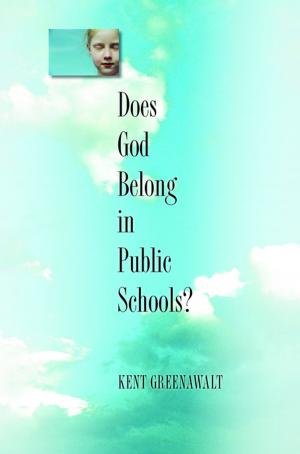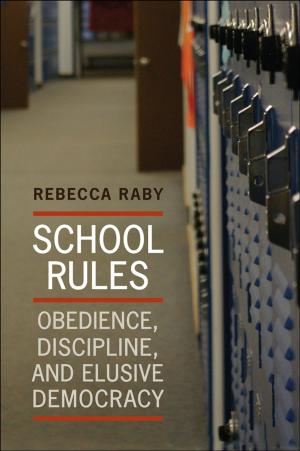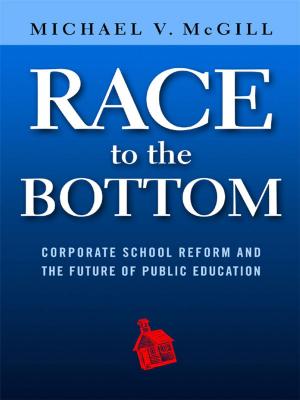What Is the 21st Century Mission for Our Public Schools?
Nonfiction, Reference & Language, Education & Teaching, Educational Theory, Educational Reform| Author: | Julie Pratt | ISBN: | 9781946206145 |
| Publisher: | National Issues Forums Institute | Publication: | January 1, 2007 |
| Imprint: | National Issues Forums Institute | Language: | English |
| Author: | Julie Pratt |
| ISBN: | 9781946206145 |
| Publisher: | National Issues Forums Institute |
| Publication: | January 1, 2007 |
| Imprint: | National Issues Forums Institute |
| Language: | English |
From the very start, Americans have held widely divergent views on issues related to public schools. Many of these have to do with the methods by which we achieve an educated society. How do we ensure that our schools are accessible to all children? By what means do we hold students accountable for learning and schools accountable for teaching them? What is the role of families in the education of their children? What is the responsibility of schools in addressing social issues that affect their students? What is the most efficient and fair way to fund public education?
Underlying all of these questions is a more basic one: what is the mission of our public schools?
This 32-page issue guide presents three possible approaches to consider:
Prepare Students to be Successful in the Workplace
There are alarming signs that the United States is losing its competitive edge in a burgeoning global economy. If we are to continue to prosper as a nation, the guiding purpose of our public schools must be to prepare students for an increasingly complex workplace.
Prepare Students to be Active and Responsible Citizens
Public schools were founded to foster the skills and behaviors citizens need to govern themselves and contribute to the public good. A 40-year decline in civic education has taken its toll on the citizen participation our democracy depends on. Instilling civic values is the most important contribution public schools make to society.
Help Students Discover and Develop their Talents
A one-size-fits-all model does not serve our children or our society. The mission of public schools should be to help each child make the most of his or her abilities and inclinations. Schools must be able to respond to the variety of ways children learn.
From the very start, Americans have held widely divergent views on issues related to public schools. Many of these have to do with the methods by which we achieve an educated society. How do we ensure that our schools are accessible to all children? By what means do we hold students accountable for learning and schools accountable for teaching them? What is the role of families in the education of their children? What is the responsibility of schools in addressing social issues that affect their students? What is the most efficient and fair way to fund public education?
Underlying all of these questions is a more basic one: what is the mission of our public schools?
This 32-page issue guide presents three possible approaches to consider:
Prepare Students to be Successful in the Workplace
There are alarming signs that the United States is losing its competitive edge in a burgeoning global economy. If we are to continue to prosper as a nation, the guiding purpose of our public schools must be to prepare students for an increasingly complex workplace.
Prepare Students to be Active and Responsible Citizens
Public schools were founded to foster the skills and behaviors citizens need to govern themselves and contribute to the public good. A 40-year decline in civic education has taken its toll on the citizen participation our democracy depends on. Instilling civic values is the most important contribution public schools make to society.
Help Students Discover and Develop their Talents
A one-size-fits-all model does not serve our children or our society. The mission of public schools should be to help each child make the most of his or her abilities and inclinations. Schools must be able to respond to the variety of ways children learn.















